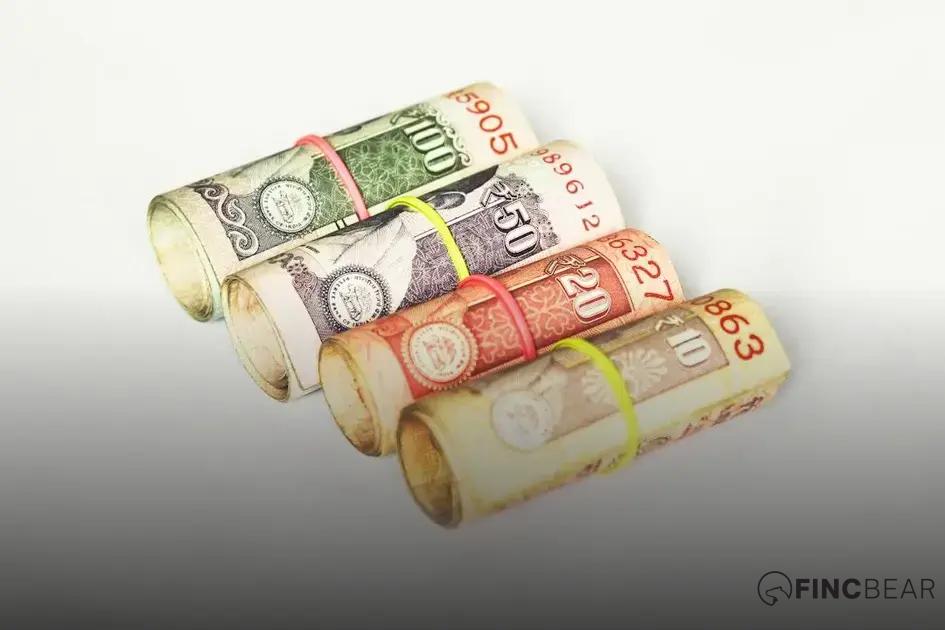As digital assets continue to evolve, many are questioning if NFTs remain a lucrative investment. Diving deep into understanding their popularity and the financial potential they hold can provide insights. This article will explore the risks associated with NFT investments and discuss future trends within this intriguing market.
Understanding NFTs and Their Popularity
Non-fungible tokens (NFTs) are unique digital assets secured on a blockchain. They represent ownership of a specific item or piece of content, such as art, music, or even virtual properties in online games. Unlike cryptocurrencies like Bitcoin or Ethereum, NFTs are not interchangeable. Each NFT has distinct metadata and qualities that distinguish it from others, giving it its own value.
The popularity of NFTs surged with artists and celebrities joining the trend, selling digital creations for significant sums. Part of their appeal lies in providing proof of authenticity and ownership for digital files, which can often be easily replicated.
Many enthusiasts view NFTs as a revolutionary way to collect art, provide artists with a new source of income, and create a direct channel between creators and their audience. This new form of digital ownership allows collectors to hold a unique piece of the internet, with a verifiable provenance.
However, the rapid rise in popularity has led to questions about their long-term value and stability. As interest in NFTs continues, assessing whether they remain a good investment in 2023 involves understanding their place in both financial markets and the digital landscape.
The Financial Potential of NFTs

NFTs, or non-fungible tokens, have sparked significant interest due to their unique properties, which enable ownership of digital assets in a way that was not possible before. They have created entirely new markets for artists, musicians, and even real estate developers. Financial opportunities within NFTs are diverse, ranging from digital art sales to blockchain-based real estate transactions.
The financial potential of NFTs lies in their ability to tokenize assets, allowing creators to sell directly to consumers without traditional intermediaries like galleries and auction houses. This can significantly improve profit margins for creators and artists. Furthermore, NFTs can include smart contracts that automatically ensure royalties are paid on future sales, providing ongoing revenue streams.
The vibrant secondary market is also a significant financial component. Items can be traded on numerous NFT marketplaces, ranging from OpenSea to Rarible, each with its own set of rules and fees. This trading aspect can lead to substantial profits if the value of specific NFTs appreciates over time.
Moreover, collectible NFTs, such as those in gaming, offer financial opportunities through rarity and demand dynamics. For instance, as certain NFTs from limited-series become scarce, their value can increase, incentivizing speculation and investment. Brands have also started utilizing NFTs to foster brand loyalty and engagement, launching exclusive digital collectibles that are highly sought after by their audiences.
Capitalizing on Partnerships and Collaborations
NFTs have opened avenues for collaborations and partnerships, which in turn drive their financial potential. Major brands collaborate with artists and creators to launch exclusive NFT collections, which can net considerable returns due to built-in fanbases and exclusivity.
Governments and traditional financial institutions are beginning to explore the regulatory frameworks that could facilitate or restrain the growth and versatility of the NFT market. Understanding and navigating these can unlock further financial avenues.
Risks Involved with NFT Investments
NFT investments can be exciting, but they aren’t without risks. One major risk is market volatility. The value of NFTs can fluctuate wildly, as seen in past market trends. This volatility can lead to significant financial losses if not managed properly. Investors need to be prepared for sudden changes in NFT valuations.
Another risk involves security threats. NFT marketplaces may be vulnerable to hacking, and investors could lose valuable digital assets. It’s crucial to use secure wallets and be cautious of phishing scams that target NFT investors.
Moreover, liquidity is also a concern. Unlike traditional assets, NFTs can be harder to sell quickly. The market isn’t always active, which might make it difficult for investors to exit their positions at desired prices.
An additional challenge is legal and copyright issues. As the NFT space continues to evolve, there are ongoing debates about copyright violations and the rights of buyers versus creators. Changes in legislation could impact the value and ownership rights of NFTs.
Furthermore, there is a sustainability concern related to the energy consumption of blockchain technologies that NFTs rely on. The environmental impact could lead to regulatory challenges or shifts in investor sentiment.
Investors should conduct thorough research and maintain a diversified portfolio to mitigate the risks associated with NFT investments. Understanding these risks is crucial for anyone considering entering the NFT market in the current landscape.
Future Trends in the NFT Market

The NFT market continues to evolve, with future trends shaping its trajectory. As digital assets gain traction, new platforms and use cases are emerging, influencing this dynamic environment. Key trends shaping the NFT space include the rise of fractional ownership, enabling investors to own a portion of high-value NFTs without significant capital outlay. Additionally, interoperability between various blockchain networks is anticipated to enhance the usability of NFTs, broadening their appeal across different sectors.
Another significant trend is the integration of NFTs with virtual reality (VR) and augmented reality (AR) technologies. This fusion is expected to create immersive experiences and novel ways to interact with digital collectibles. Furthermore, as environmental concerns become paramount, the industry might witness a shift towards eco-friendly, sustainable practices, such as adopting greener blockchain technologies and offsetting carbon footprints.
Moreover, the NFT landscape is attracting not just digital artists but also traditional businesses exploring tokenization of real-world assets. This innovation could pave the way for a diverse array of NFTs, adding tangible value to the digital asset ecosystem. As regulatory frameworks develop globally, they will likely provide clearer guidelines, boosting investor confidence and promoting healthy growth in the market.





